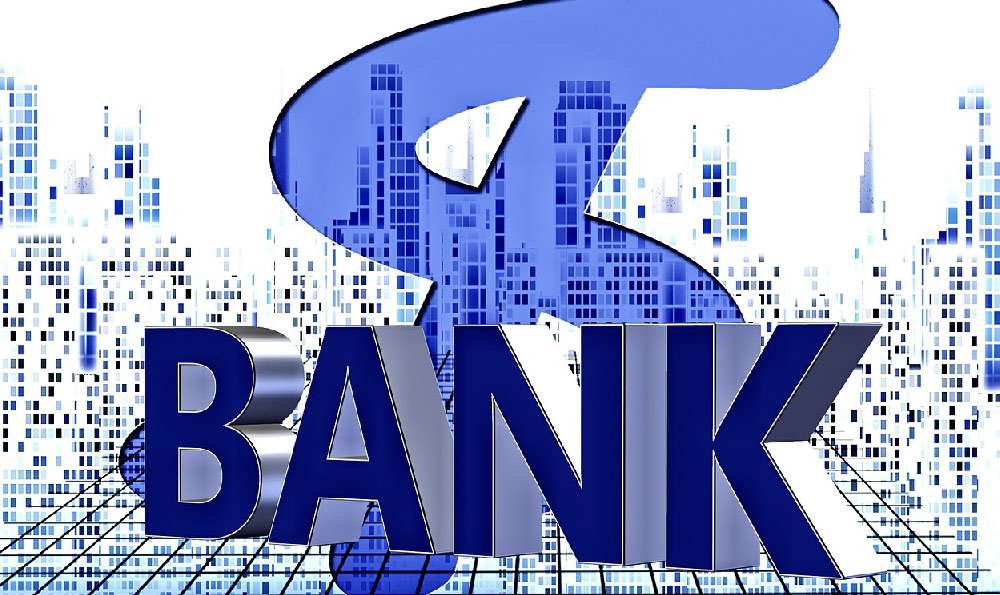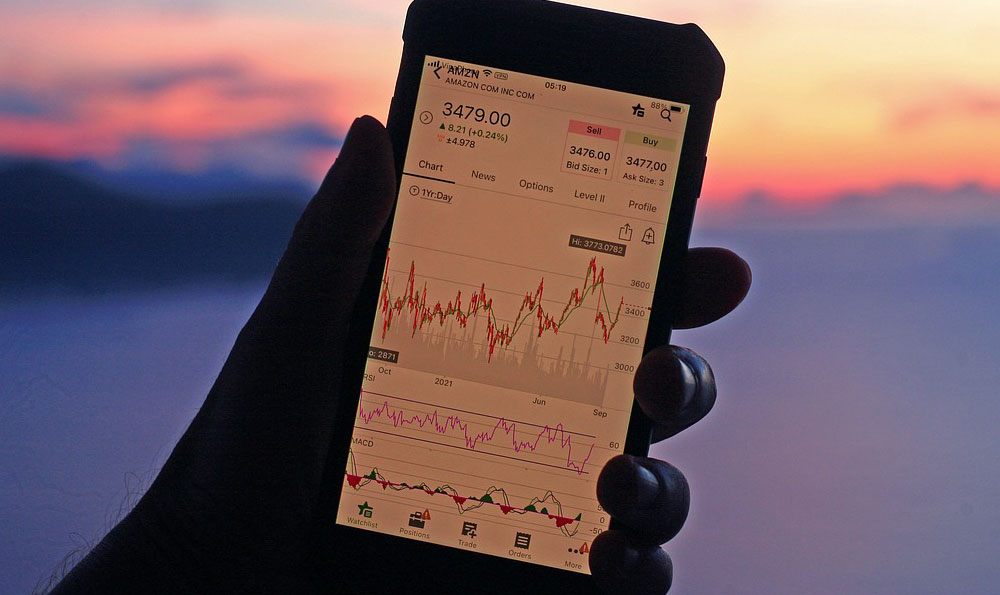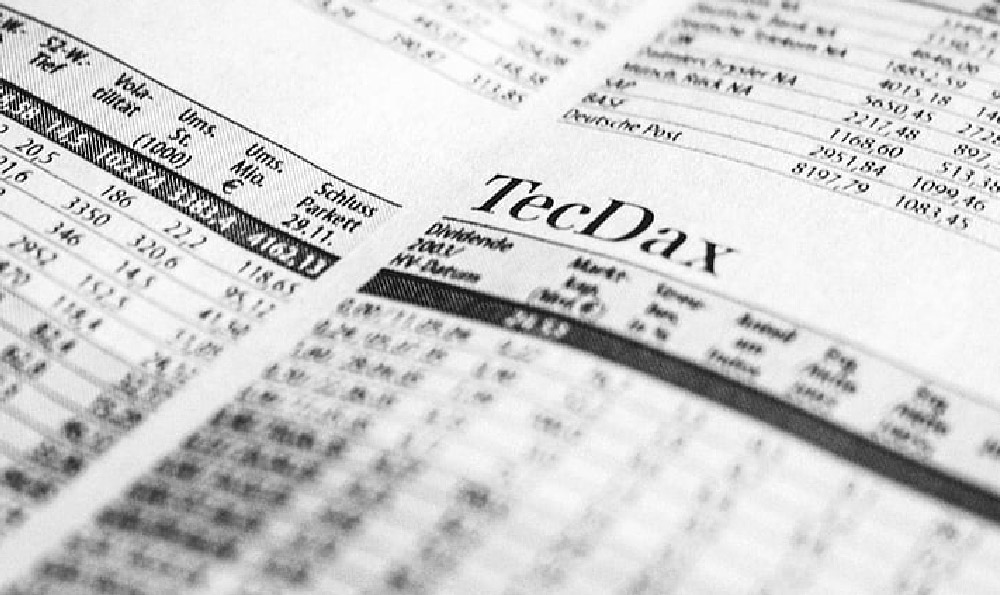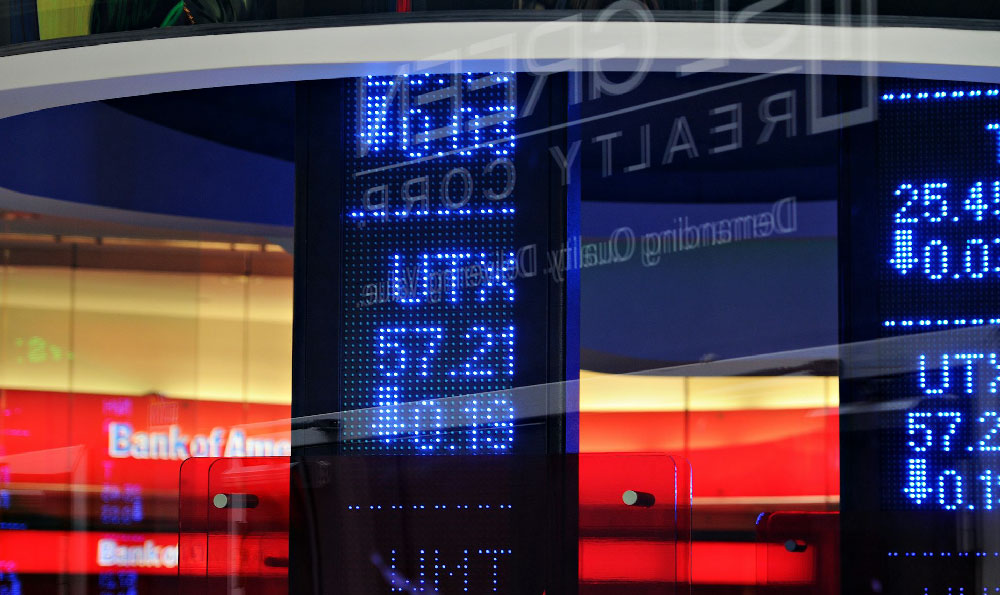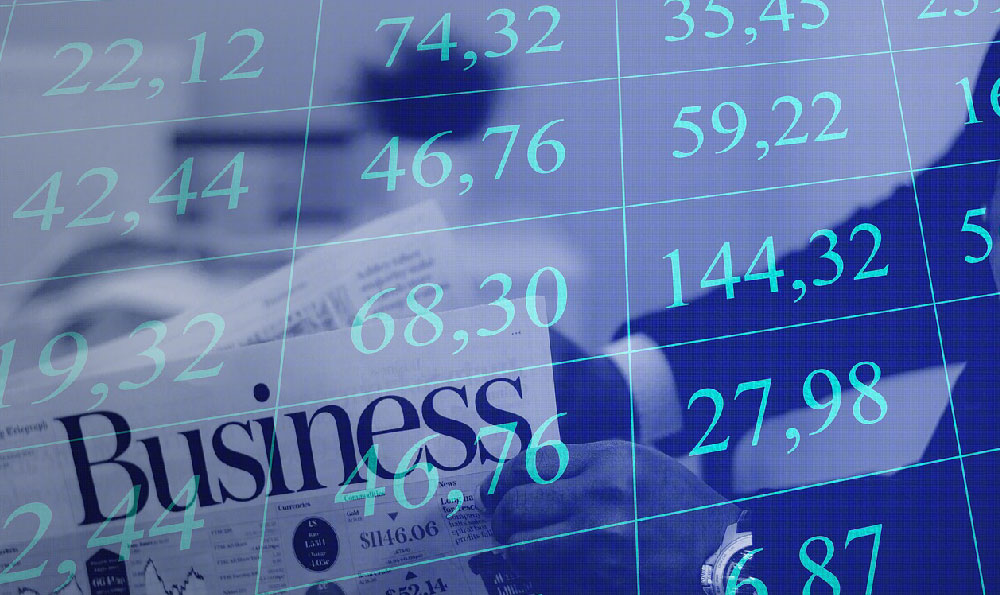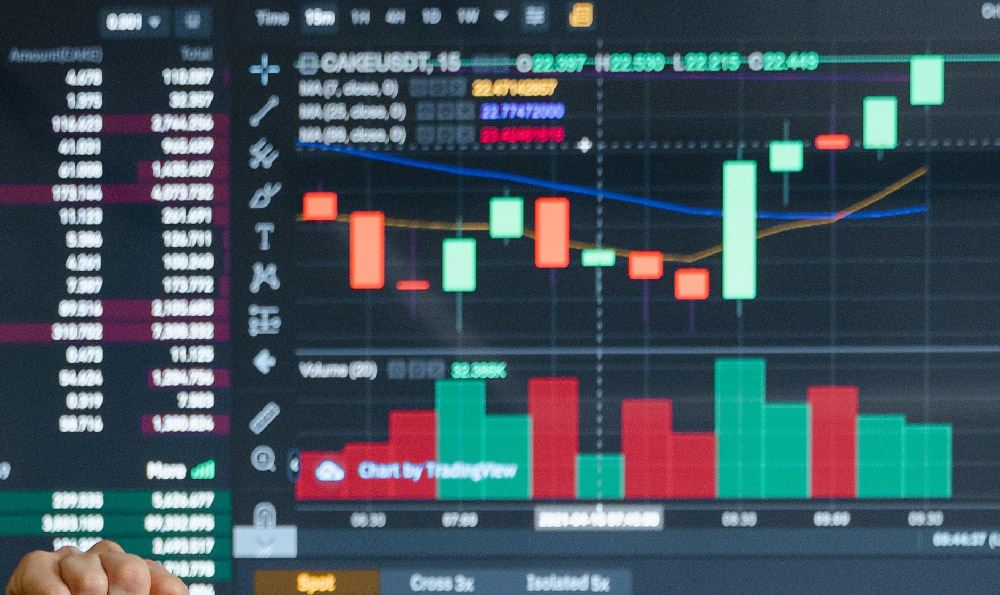How did Elon Musk Initially Make Money, and What Were His Early Ventures?

Elon Musk's journey to becoming a figure synonymous with innovation and wealth is a fascinating one, beginning far before his ventures into electric vehicles or space exploration. Understanding his initial financial successes and early endeavors provides valuable context for appreciating the scale of his later achievements and offers insights into his entrepreneurial mindset. His early accumulation of wealth wasn't a stroke of overnight luck, but rather the result of identifying opportunities, taking calculated risks, and possessing an unwavering drive to execute his visions.
Musk's first significant financial breakthrough came with Zip2 Corporation. This company, co-founded with his brother Kimbal in 1995, aimed to revolutionize the way businesses connected with customers online. In the mid-1990s, the internet was still in its relative infancy, and many businesses lacked a strong online presence. Zip2 essentially provided a directory and mapping service for newspapers, allowing them to offer their readers online access to local businesses and information. Think of it as a sophisticated, digital Yellow Pages combined with early mapping technology.
The concept was innovative for its time. Zip2 wasn't simply creating websites for businesses; it was providing a comprehensive platform that integrated mapping, directions, and business listings. This was crucial for newspapers transitioning to the digital age, as it allowed them to offer value-added services to their readers and advertisers. Securing initial funding for Zip2 wasn't easy. Musk and his brother bootstrapped the company for as long as possible, relying on personal savings and the generosity of friends and family. Eventually, they secured angel investment that allowed them to scale the business and aggressively pursue partnerships with major newspapers.

The success of Zip2 wasn't immediate. The company faced challenges in securing partnerships and convincing newspapers to adopt its platform. Musk, however, possessed a relentless focus and an ability to articulate his vision to potential investors and clients. He understood the potential of the internet to connect people and businesses, and he was able to translate that vision into a compelling business proposition. After several years of growth and expansion, Compaq acquired Zip2 in 1999 for a reported $307 million in cash and stock. Musk, as a major shareholder, received approximately $22 million after taxes. This marked the beginning of his substantial wealth accumulation and provided the capital needed to pursue his subsequent ventures.
With the funds from the Zip2 acquisition, Musk immediately embarked on his next ambitious project: X.com. This online financial services company, founded in 1999, aimed to disrupt the traditional banking industry by offering a comprehensive suite of online banking services. X.com allowed users to transfer money, pay bills, and manage their finances online, eliminating the need for traditional brick-and-mortar bank branches.
The timing of X.com was critical. The internet boom was in full swing, and there was a growing demand for online financial services. However, the online banking landscape was also highly competitive, with numerous startups vying for market share. X.com faced challenges in differentiating itself from its competitors and attracting a large user base. To overcome these challenges, Musk pursued an aggressive growth strategy, focusing on innovation and customer acquisition. He invested heavily in technology and marketing, and he sought to create a user-friendly and convenient platform that would appeal to a wide range of users.
A pivotal moment in X.com's history came with its merger with Confinity, a company founded by Peter Thiel that had developed a popular money-transfer service called PayPal. The merger, which occurred in 2000, combined the strengths of both companies, creating a dominant player in the online payments market. The combined entity retained the X.com name initially, but eventually rebranded as PayPal.
Musk's role in the early development of PayPal was significant. He served as the company's CEO and played a key role in shaping its strategy and direction. He championed the development of innovative features and pushed for aggressive growth, often clashing with other executives who favored a more cautious approach. Despite these internal conflicts, PayPal continued to grow rapidly, becoming the leading online payments platform.
In 2002, eBay acquired PayPal for $1.5 billion in stock. Musk, as the largest shareholder, received approximately $180 million after taxes. This second major financial windfall solidified his position as a successful entrepreneur and provided him with even more capital to pursue his ambitious goals. The sale of PayPal proved to be a crucial turning point in Musk's career. It provided him with the financial resources and the credibility to pursue his long-term vision of revolutionizing the transportation and energy industries.
The proceeds from the PayPal acquisition were immediately reinvested into two ambitious ventures: SpaceX, founded in 2002, and Tesla, co-founded in 2003. These companies, while initially considered long shots by many, would ultimately become the defining achievements of Musk's career. They represent his commitment to pushing the boundaries of technology and addressing some of the world's most pressing challenges.
Musk's initial success with Zip2 and PayPal wasn't simply about luck; it was about vision, determination, and a willingness to take risks. He identified emerging trends, developed innovative solutions, and relentlessly pursued his goals, even in the face of significant challenges. These early ventures laid the foundation for his later successes and demonstrated his unique ability to transform ambitious ideas into reality. They also highlight the importance of adaptability and strategic thinking in the volatile world of technology and entrepreneurship. He learned from his early experiences, refining his approach to business and building a network of talented individuals who shared his vision. This foundation, built on calculated risks and unwavering determination, paved the way for his transformative impact on the electric vehicle and space exploration industries. His early endeavors remain a testament to his entrepreneurial spirit and a source of inspiration for aspiring innovators.
